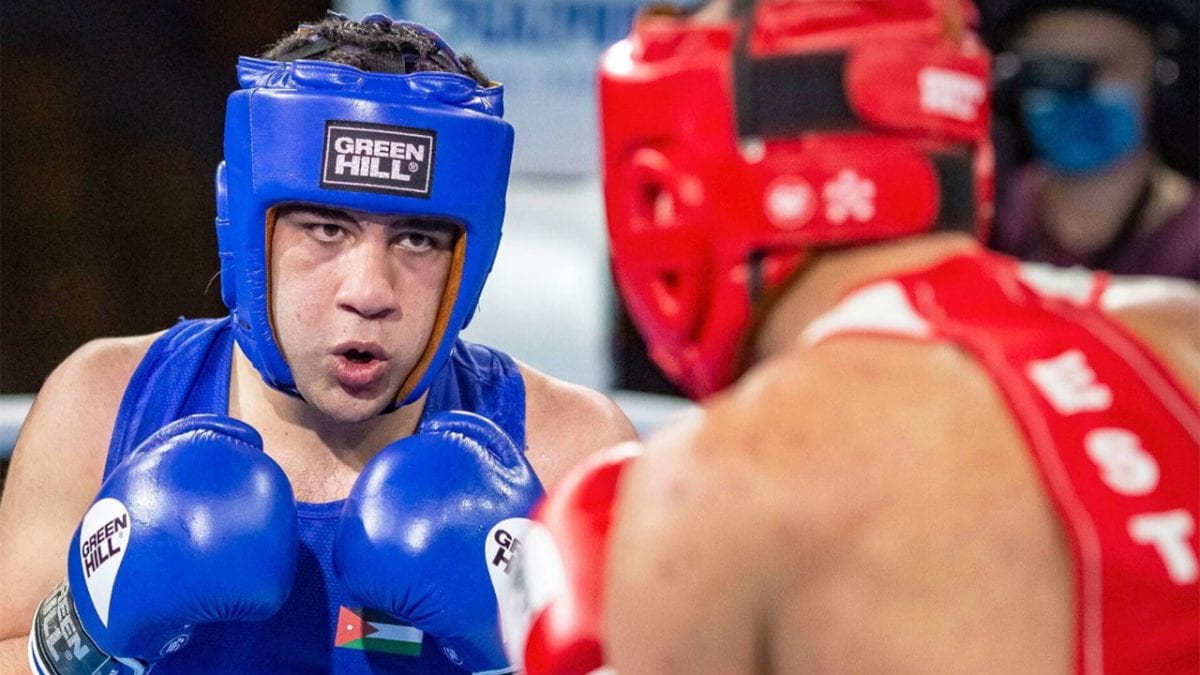As the lights dim, a silence falls over the thousands in attendance. All eyes are fixed on the squared circle in the middle of the arena as two professional boxers prepare to go toe-to-toe at the bell. The modern-day gladiators are in peak physical condition. They’ve trained for this moment for months.
As spectators of professional boxing, we see only the tip of the iceberg. As the old saying in the noble art explains, champions are made far from the spotlight. Fights are won and lost in the gym. You may be used to watching the top fights on TV, reading the online previews, listening to pre-bout interviews and using the information gained to target a profit on the leading Canada sports betting apps.
Taking an interest in the training camps of the fighters could give you an edge over the traders. It could improve your chances of landing a profit from your boxing bets and taking the bragging rights over your fellow fight fans. In this article, we call on the experience of a professional boxer to give our readers a unique insight into the training regime that makes up a typical week in preparation for a bout.
Monday – technique and run
Another new week and another step closer to fight night. The level of work you start with is dependent on how far you are into your training camp. If it’s week one of eight, then you’ll be focused on weight loss. If it’s week four of eight, for example, you’ll be building fitness and sparring rounds. If it’s week eight of eight, it’ll be an easy sweat out with the focus on tactics and winding down.
In most weeks of a training camp, you’ll start the early afternoon in the boxing gym with a workout that consists of a warm-up then stretch. You’ll then move on to rounds on the focus mitts with your trainer, working on combos and footwork. It’s then time to drive your body through gruelling rounds of bodyweight circuits. Then it’s abs work, stretch and done. Around six hours later, it’s the second session of the day which will be a five miles jog to burn fat and get your weight down.
Tuesday – sparring and run
We’re now into the swing of the week, and Tuesday will be similar to Monday, but sparring replaces focus mitts and, perhaps, an easier circuit or fewer rounds. Your coach will choose one or more sparring partners, and you’ll do six or more three-minute rounds with a 60 seconds break between each.
The idea here is to get as close to a fight environment as possible but with headguards and 16oz gloves instead of the 8oz fight gloves and no head guard. The focus is building fitness and sharpness while practising shots, knowing you have the added protection.
Wednesday – weight training and sprints
Wednesday is a little different, and many fighters will replace their boxing coach with a strength and conditioning trainer. You’ll go through several weights training circuits with an emphasis on building explosive power. There is no huge, world strongest man stuff here. Every exercise is tailored to imitate the movement of a punch, usually building strength in the legs.
Later that evening is interval sprints. This can take place at a running track or hill-sprints. A good example is 8x400m sprints with 60 secs rest.
Thursday – sparring and running
After a day without punching, you’ll be desperate to get back to what you do best. A change is as good as a rest, as they say. Thursday’s schedule will follow Tuesday’s with a sparring session, the main aim followed by circuits and a five miles jog later in the day.
Friday – speed and fitness
The end of the working week for most, but there’s still plenty for boxers to get through. A Friday session usually consists of two hours in the gym working on speed. The time of the rounds is shorter, but the work rate is much higher and the recovery quicker.
This is to build fitness and quicken your recovery time. It’s fast and furious, but if you are fit, it’s great fun. You are pushing your body differently. That evening you’ll do your final five miles jog of the week. You may want to focus on weight loss there.








